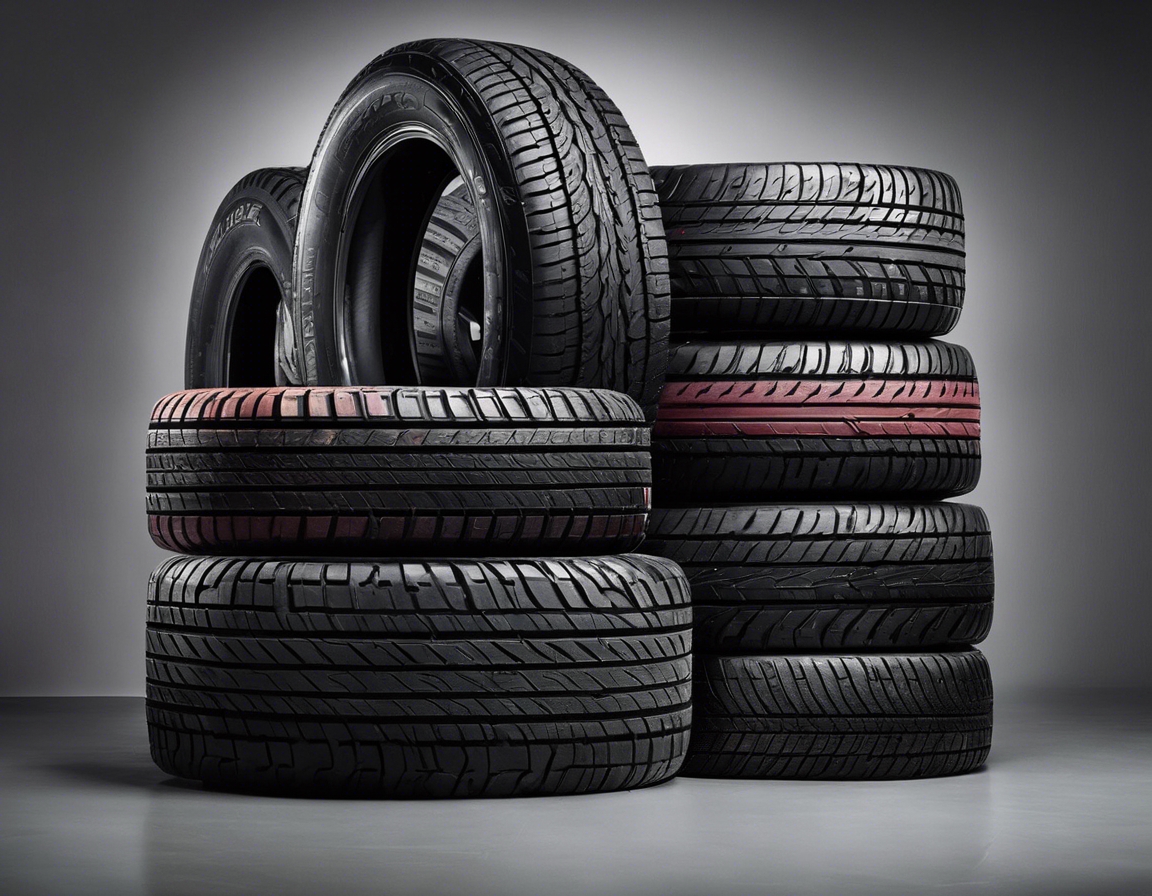Maximizing tyre life: tips and tricks
Tyres are a critical component of vehicle safety and performance. Ensuring they last as long as possible not only saves money but also keeps you and your passengers safe on the road. This post will guide you through the essential tips and tricks for maximizing tyre life.
Tyres naturally degrade over time due to friction, heat, and exposure to the elements. However, with proper care, you can significantly slow down this process and extend the life of your tyres.
Regular Tyre Inspections
One of the simplest yet most effective ways to extend tyre life is to maintain the correct tyre pressure. Under-inflated tyres can cause uneven wear, while over-inflated tyres can lead to a harsher ride and increased wear in the center of the tread.
Regularly checking the tread depth of your tyres is crucial for maintaining grip on the road, especially in wet conditions. A tread depth gauge can be used to ensure your tyres meet the legal minimum tread depth requirements.
During inspections, look for any signs of damage such as cuts, bulges, or punctures. Early detection of these issues can prevent further damage and potential tyre failure.
Proper Tyre Usage
Avoid aggressive driving behaviors such as hard braking, rapid acceleration, and sharp turns. These habits can lead to premature tyre wear.
Adhering to the recommended load capacity and speed rating of your tyres is essential for their longevity. Overloading your vehicle or consistently driving at high speeds can put excessive stress on your tyres.
Maintenance Tips for Extending Tyre Life
Proper wheel alignment and balancing are vital for even tyre wear. Misaligned wheels can cause your tyres to wear unevenly and prematurely.
Tyre rotation helps to distribute wear evenly across all tyres, which can extend their overall life. It's recommended to rotate your tyres every 5,000 to 8,000 miles.
Using season-appropriate tyres, such as winter tyres in colder months, can improve safety and reduce wear on your regular tyres.
When to Replace Tyres
Even with the best maintenance, tyres will eventually need to be replaced. Look for warning signs such as excessive tread wear, visible tire aging, or persistent loss of tyre pressure.
When it's time to replace your tyres, consider factors such as your driving habits, climate, and vehicle specifications to choose the right tyres for your needs.






Comments (0)